20 Authentic Southern Indian Vegetarian Dishes To Relish
Southern Indian vegetarian dishes represent a vibrant culinary landscape bursting with incredible flavors and rich cultural heritage.
Spices dance across plates, creating symphonies of taste that tantalize hungry palates everywhere.
Regional cooking techniques transform simple ingredients into spectacular meals that showcase intricate flavor profiles.
Coconut, rice, and lentils form the foundational pillars of these remarkable recipes that reflect generations of traditional cooking wisdom.
Vegetarian cuisine in this region goes beyond mere sustenance, expressing deep connections to agricultural roots and familial traditions.
Robust spice blends and nuanced cooking methods elevate each dish from ordinary to extraordinary, celebrating the incredible diversity of plant-based ingredients.
Southern Indian vegetarian cooking tells stories of community, history, and passionate culinary craftsmanship.
These 20 popular dishes will transport you into a world of mouthwatering delights:
Popular Southern Indian Vegetarian Dishes to Savor
Southern India is famous for its vibrant, plant-based cuisine. Rice, lentils, and coconut blend with spice for meals that are comforting and full of character.
Pulihora
Pulihora is a zesty south Indian rice dish bursting with tangy tamarind and sacred turmeric, symbolizing festive traditions across Andhra Pradesh, Tamil Nadu, and Karnataka.
Its name literally means "sour rice," highlighting the prominent tamarind flavor that dances alongside spicy green chiles and aromatic curry leaves.
Mustard seeds, roasted sesame powder, and yellow lentils add complex layers of texture and depth to this vibrant preparation.
Turmeric gives the rice a golden yellow color, traditionally associated with auspicious Hindu celebrations.
Ginger and coriander contribute additional warmth and freshness to the dish.
Salt and spice perfectly balance the sour tamarind, creating a harmonious flavor profile.
Festivals and special occasions often feature this beloved rice preparation.
Bonda
Bonda are crispy, golden-brown Indian deep-fried snacks bursting with spicy potato filling and beloved street food across India.
Southern regions pioneered these bite-sized treats featuring soft mashed potato centers encased in gram flour batter and deep-fried to perfection.
Kerala cooks have expanded traditional recipes to include tapioca, lentils, eggs, sweet potatoes, and minced meat variations.
North Indian states recognize similar versions like batata vada, which share comparable preparation techniques.
Each region adds unique spices and ingredients to create distinctive flavor profiles.
Street vendors and home kitchens alike prepare these portable snacks for quick, satisfying meals.
Gram flour provides a signature crispy exterior that contrasts beautifully with tender, spiced interiors.
Small yet substantial, bonda represent India's rich culinary diversity through their versatile ingredients and cooking methods.
Sadhya
Sadhya represents a spectacular vegetarian feast from Kerala that packs an extraordinary culinary experience across a stunning array of up to 28 dishes served on banana leaves.
Kerala locals traditionally eat this elaborate meal during Onam festival with their hands, creating a deeply cultural dining ritual.
Rice anchors the meal's foundation, positioned strategically on the leaf's lower section as the central component.
Small gram curry with ghee called parippu immediately follows the rice, introducing rich flavors to the palate.
Sambar, a vibrant vegetable stew simmering with onions, chilis, coriander, lentils, and turmeric, complements the initial courses.
Each dish contributes unique textures and tastes, transforming the meal into a sensory journey.
Participants move through multiple small plates that balance spices, temperatures, and cooking techniques.
Every bite connects diners to Kerala's profound culinary heritage and traditional cooking methods.
Masala Vada
Masala vada are crispy South Indian fritters bursting with robust spices and a golden-brown exterior that crackles with each satisfying bite.
Chana dal serves as the primary ingredient, creating a protein-rich base for these savory snacks originating in Tamil Nadu.
Skilled home cooks carefully soak chana dal, fennel seeds, and dried red peppers for two hours before transforming them into a coarse paste.
Chopped onions, ginger, curry leaves, and salt enhance the mixture's complex flavor profile.
Cooks shape the spiced blend into round patties before deep-frying them in vegetable oil until they reach a perfect crispy golden brown.
Street vendors and home kitchens across South India frequently serve these vadas as popular tea-time accompaniments.
Each vada offers a crunchy exterior with a soft, spicy interior that tantalizes taste buds.
Avial
Avial are mixed vegetable medleys from South Indian cuisine combining multiple colorful vegetables with coconut and curry leaves in a mild, creamy sauce that transforms kitchen scraps into an extraordinary culinary creation.
Kerala cuisine claims this dish's origin, where resourceful cooks mixed leftover vegetables into a harmonious blend that became a staple during traditional Sadhya feasts.
Winter melon, carrots, and beans create visual contrast while providing varied textures and flavors in each spoonful.
Legendary stories suggest a creative king demanded his kitchen staff prepare a dish using vegetable remnants, resulting in this ingenious recipe.
Regional variations across Tamil Nadu and Udupi showcase subtle differences in preparation techniques.
Coconut provides rich, smooth consistency that binds ingredients together.
Curry leaves add distinctive aromatics and depth to the mixture.
Vegetarian communities especially treasure this nutritious and waste-reducing meal that transforms simple ingredients into a memorable dining experience.
Mirchi Ka Salan
Mirchi ka salan is a fiery green chili curry originating from Hyderabad, featuring mild peppers simmered in a complex spice blend of peanuts, coconut, and roasted onions.
Sesame seeds, ginger, and garlic paste create a rich base that amplifies the dish's deep flavor profile.
Tamarind or lemon juice adds a sharp tangy dimension to the sauce, while spices like cumin, coriander, mustard, and turmeric provide depth and warmth.
Curry and fenugreek leaves contribute additional aromatic layers to this spicy preparation.
Nigella seeds offer a subtle nutty undertone that balances the heat.
Traditionally served warm with fresh coriander garnish, mirchi ka salan pairs perfectly with Hyderabadi biryani or steamed rice.
Naan and roti make excellent accompaniments to soak up the intense, spice-laden sauce.
Kosambari
Kosambari embodies Karnataka's culinary simplicity through a protein-packed salad blending split legumes like bengal and green gram with aromatic mustard seeds.
Karnataka's beloved dish serves multiple purposes from appetizer to main course, often appearing at festivals and religious celebrations as a prasada offering.
Cucumber slices and occasional rice additions enhance its refreshing texture and nutritional profile.
Minimal ingredients and quick preparation make kosambari a staple in South Indian cuisine.
Temple offerings and festive gatherings frequently showcase this versatile salad.
Raw legumes provide substantial protein and crunch, creating a balanced nutritional experience.
Mustard seeds deliver subtle spice and traditional seasoning.
Kosambari represents Karnataka's commitment to healthy, flavorful eating through its straightforward preparation and nutritious components.
Curd Rice (Thayir Sadam)
Curd rice highlights South Indian comfort cuisine as a cooling yogurt-based dish blending steamed rice with creamy dahi that soothes spicy meal aftereffects.
South Indians in Karnataka, Kerala, Andhra Pradesh, and Tamil Nadu consider this vegetarian recipe a mealtime staple.
Traditional preparation involves mixing cooked rice with yogurt and seasoning it with green chile peppers, minced ginger, curry leaves, and mustard seeds.
Cooks often enhance the dish by adding chopped vegetables like carrots, cucumbers, or unexpected ingredients such as grapes and pineapple pieces.
Restaurants and home kitchens typically serve curd rice as a final course to balance intense flavors and support digestion.
Regional variations include garnishing the dish with roasted vegetables or pairing it with pickled mango or lime.
Nutritionists praise its probiotic qualities and cooling properties, making it a beloved year-round comfort food.
Bisi Bele Bath
Bisi bele bath emerges as a fiery Karnataka rice delicacy blending lentils, rice, and vibrant spices into a single comforting meal.
Karnataka kitchens celebrate this historic dish tracing back to 10th-century culinary traditions with rich, complex flavors.
Historians debate its precise origins, with some linking it to Mysore Palace's royal cuisine while others trace earlier roots.
Rice and lentils form the hearty base, generously enriched with ghee butter and tangy tamarind.
Curry leaves, nutmeg, and a medley of vegetables like carrots, beans, and green peas elevate the dish's aromatic profile.
Cashews, dried coconut, mustard seeds, and cinnamon add layers of texture and depth.
Mysore's culinary influence potentially shaped its modern preparation, transforming a simple rice preparation into a sophisticated regional specialty.
Ananas Gojju
Pineapple gojju is a Karnataka-style spicy-sweet curry bursting with complex flavor profiles from tropical fruit and traditional spices.
Karnataka kitchens transform fresh pineapple chunks into a vibrant dish by roasting white urad dal with coconut and chili peppers.
Cooks grind the roasted mixture into a smooth paste using tamarind and water for intense depth.
Mustard seeds and curry leaves sizzle in hot oil, creating an aromatic base for the curry.
Soft pineapple pieces simmer until edges caramelize and absorb the spicy-tangy sauce.
Jaggery balances the heat with subtle sweetness, while salt enhances each ingredient's natural taste.
Regional Indian cuisine celebrates this unique combination of tropical fruit and robust spices.
Karnataka's culinary tradition shines through this dynamic, complex curry that blends multiple flavor dimensions.
Tomato Gojju
Tomato gojju is a fiery Karnataka curry bursting with complex flavor profiles that dance between sour, sweet, and spicy sensations.
Karnataka's culinary tradition transforms simple tomatoes into a robust sauce through careful spice tempering and strategic ingredient balancing.
Mustard seeds, cumin, asafoetida, turmeric, curry leaves, and hot chili peppers are first sizzled in hot oil to release their aromatic essences.
Jaggery adds a subtle sweetness that softens the tomatoes' natural acidity while enhancing the overall taste complexity.
Salt rounds out the flavor, creating a harmonious blend that pairs perfectly with rice or dosas.
Regional Karnataka home cooks have perfected this technique over generations, making tomato gojju a beloved comfort dish.
Each spoonful offers a rich, multilayered taste experience that reflects South Indian cooking techniques.
Authentic preparation requires precise spice management and careful heat control to achieve its signature intense flavor profile.
Hari Mirch Ke Pakodey
Hari mirch ke pakodey are spicy, crispy fritters from Andhra Pradesh that transform green chili peppers into a fiery street food sensation.
These addictive snacks start with fresh green chilies sliced lengthwise and carefully stuffed with a zesty mixture of mashed potatoes, amchur, coriander leaves, powdered sugar, and cumin powder.
Gram flour batter coats the stuffed chilies before deep-frying them to golden-brown perfection.
Salt enhances the complex flavor profile of these crunchy treats.
Spice lovers relish the intense heat and complex seasoning of these traditional pakodas.
Regional variations exist across different parts of Andhra Pradesh.
Pappu Charu
Pappu charu are warm lentil-based comfort waves flowing from Andhra Pradesh kitchens with pure, tangy soul.
South Indian families treasure this simple yet profound dal soup made from toor lentils simmered with tamarind's bright acidic notes.
Mustard seeds and curry leaves dance through the broth, creating complex flavor layers without heavy spice blends.
Subtle red chilies add gentle warmth to the liquid, balancing the soup's natural earthiness.
Cooks prepare pappu charu quickly with minimal ingredients, highlighting fresh lentil essence.
Each spoonful offers smooth, rich textures that connect diners to traditional regional cooking methods.
Tamarind provides sharp undertones that distinguish this soup from similar dal preparations.
Regional variations might include additional vegetables or slight seasoning tweaks, reflecting personal family traditions.
Bendekaayi Gojju
Bendekaayi gojju is a vibrant Karnataka curry balancing tangy, spicy, and sweet flavors through a complex blend of okra, coconut, roasted lentils, and aromatic spices.
Karnataka home cooks craft this traditional dish by carefully roasting chana and urad dal with hot chili peppers in oil, creating a rich base for the complex sauce.
Grated coconut adds creamy texture while jaggery introduces subtle sweetness that contrasts with sharp tamarind's sour notes.
Mustard seeds and curry leaves provide additional depth when tempered and mixed into the curry.
Ground spices transform the mixture into a smooth, fragrant paste that coats tender okra pieces.
Slow simmering ensures each vegetable absorbs the intricate flavor profile of the sauce.
Home kitchens across Karnataka celebrate this dish as a perfect balance of regional ingredients and cooking techniques.
Regional variations might include adjusting spice levels or incorporating different vegetable combinations to suit local preferences.
Urulakizhangu Mappas
Urulakizhangu mappas is a Kerala potato curry that bursts with creamy coconut richness and complex spice layers.
Kerala home kitchens celebrate this aromatic dish through its signature blend of tender potatoes simmered in smooth coconut milk.
Green chili peppers and fresh ginger provide a warm, subtle heat that complements the curry's gentle flavor profile.
Cinnamon, cloves, fennel seeds, and black peppercorns create a sophisticated spice combination that elevates the curry's depth.
Onions and garlic form the foundational aromatics that build the dish's earthy base.
Turmeric and chili powder contribute vibrant color and mild spiciness to the curry.
Traditional preparation involves slowly cooking potatoes until they absorb the fragrant coconut milk and spice blend.
Regional cooks serve this comforting curry with steamed rice, making it a beloved staple in Kerala's culinary landscape.
Spinach And Yogurt Curry (Cheera Moru)
Cheera moru is a vibrant South Indian curry from Kerala that transforms humble spinach into a zesty, creamy dish bursting with complex flavors.
Green spinach forms the nutritious base of this traditional recipe, blending seamlessly with tangy yogurt and aromatic spices.
Mustard seeds sizzle in hot oil, releasing their signature nutty essence before joining a fragrant mixture of fenugreek, garlic, and curry leaves.
Hot peppers and ginger add sharp, warming notes that balance the smooth yogurt base.
Shallots caramelize to create a rich underlying sweetness, while turmeric contributes its earthy golden color and subtle warmth.
Tomatoes provide a hint of acidity and brightness to the curry's complex profile.
Salt enhances and unifies the diverse ingredients, creating a harmonious south Indian comfort dish.
Quick cooking preserves the spinach's vibrant green color and nutrient-rich qualities.
Pulinkari
Pulinkari is a tangy Kerala curry blending tropical vegetables with complex spices in a single harmonious dish.
Red pumpkin and cucumbers form its vegetable base, creating a unique texture and flavor profile.
Tamarind provides sharp sourness that balances sweet pumpkin notes.
Freshly grated coconut adds creamy richness to the spice mixture.
Red chili peppers bring heat and depth to each bite.
Fenugreek seeds contribute a subtle nutty undertone that enhances overall complexity.
Traditional preparation involves slow-cooking vegetables until tender and perfectly melded.
Kerala kitchens consider this curry a signature comfort food reflecting regional culinary traditions.
Mixed Vegetable Curry (Rasa Kayi)
Rasa kayi embodies Karnataka's vibrant vegetable curry tradition, blending diverse South Indian ingredients into a spicy, aromatic masterpiece.
Karnataka's signature dish combines multiple vegetables like carrots, potatoes, cauliflower, and green beans in a rich coconut milk base.
Hot peppers and aromatic spices including turmeric, coriander, and chili powder create its distinctive flavor profile.
Ginger, garlic, fennel seeds, and tomatoes enhance the curry's complex taste dimensions.
Oil helps sauté onions and peppers, forming a robust foundation for the vegetable medley.
Slow cooking allows ingredients to meld and develop deep, multilayered flavors.
Karnataka families often prepare this curry as a comforting lunch or dinner centerpiece.
Coconut milk provides a creamy texture that balances the dish's spicy undertones.
Green Banana Curry (Aratikaya Kura)
Aratikaya kura is a spicy Tamil Nadu dry curry highlighting green bananas as its star ingredient.
South Indian kitchens transform raw green bananas into a savory vegetarian dish with complex flavor profiles.
Coconut, turmeric, and chickpea flour create a rich base for the curry's distinctive taste.
Cooks carefully prepare green bananas by boiling them with their skin intact before peeling and chopping.
Ghee or oil becomes the medium for sautéing aromatics like garlic, cloves, onions, and chili peppers.
Grated coconut mixed with turmeric and salt adds depth to the dish's overall seasoning.
Ground gram flour helps thicken the curry and provide additional texture.
Traditional preparation methods ensure each bite delivers a balanced combination of spicy, nutty, and earthy flavors.
Guncha Wa Keema
Guncha wa keema represents a classic Hyderabadi vegetarian delight blending tender cauliflower with robust spices.
Ground meat traditionally accompanies this aromatic dish, creating a rich flavor profile balanced between vegetables and protein.
Garam masala and red chili powder infuse intense warmth into each bite of caramelized cauliflower florets.
Ghee adds a luxurious smoothness that elevates the overall texture and taste.
Fresh ginger and garlic provide deep, earthy undertones that complement the vegetable's natural sweetness.
Tomatoes contribute a subtle tangy dimension to the spice mix.
Turmeric and cumin round out the complex seasoning with their distinctive warmth.
Salt and pepper complete this flavorful Hyderabadi specialty, making it a beloved regional comfort food.
How Important Are Coconut, Curry Leaves, Mustard Seeds, and Tamarind to Southern Indian Vegetarian Flavors?
These four ingredients are foundational to the vibrant and distinctive flavors that define Southern Indian vegetarian cuisine. Each plays a unique role in building the layers of taste, aroma, and texture essential to the region’s culinary identity:
These ingredients create the complex interplay of spicy, sour, sweet, and aromatic notes that make Southern Indian vegetarian cuisine so beloved and distinctive.

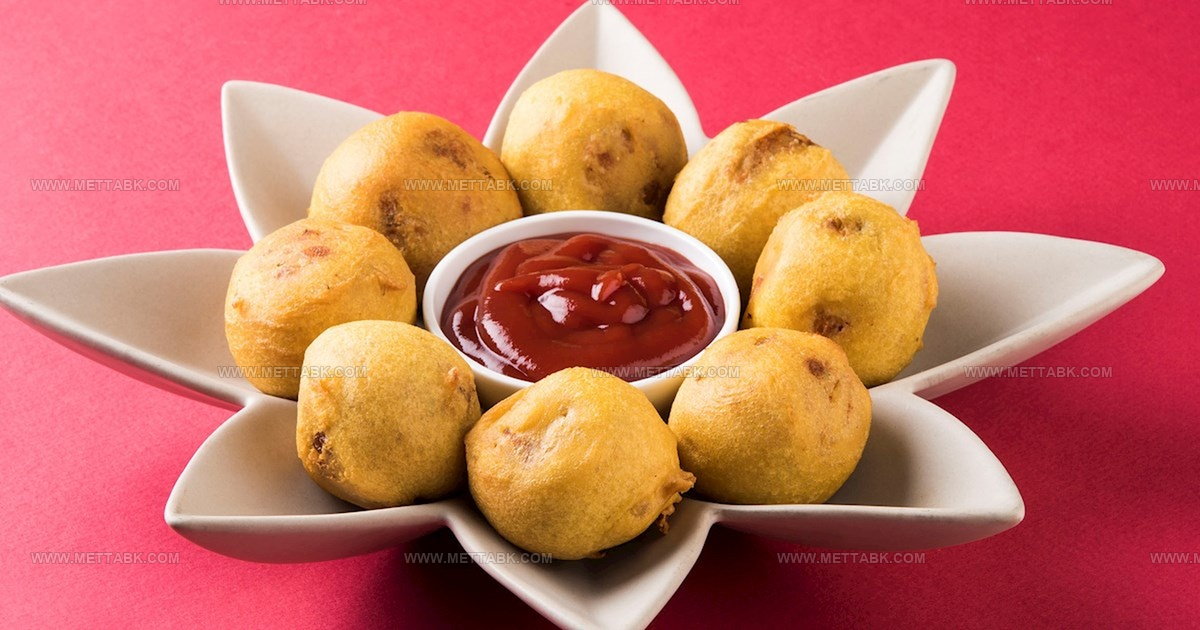
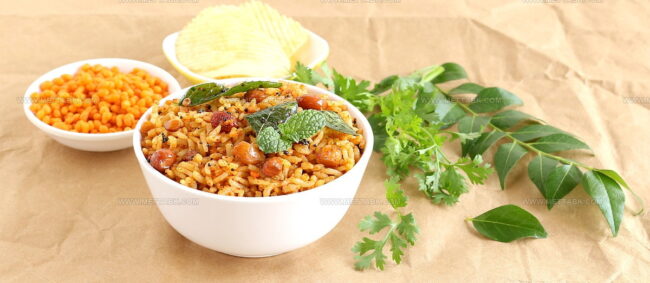
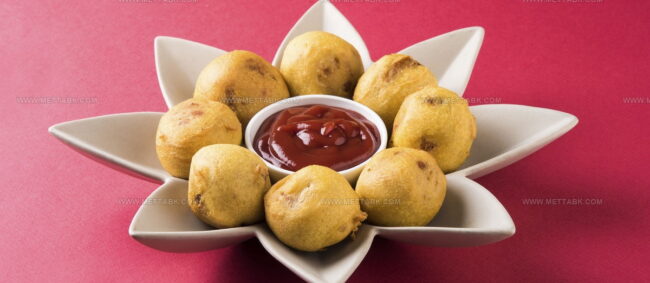
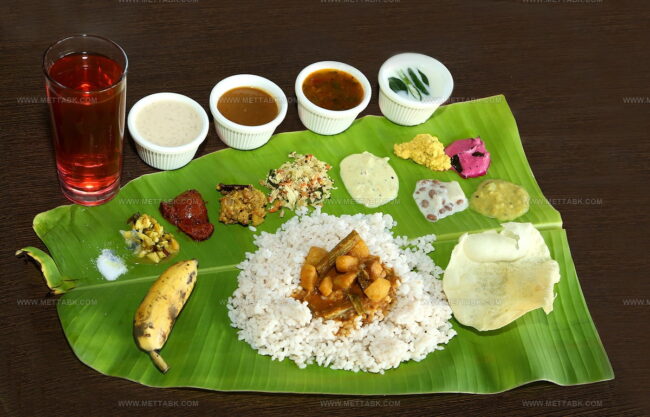
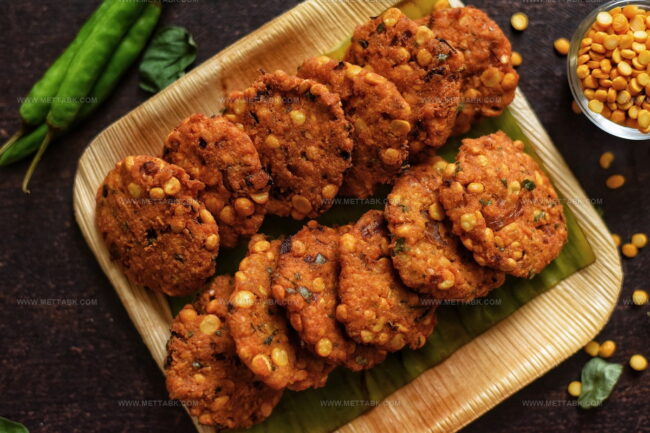
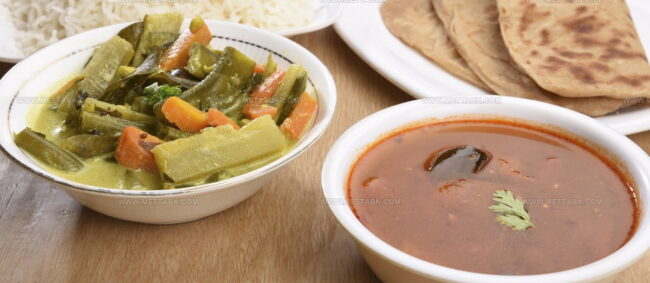
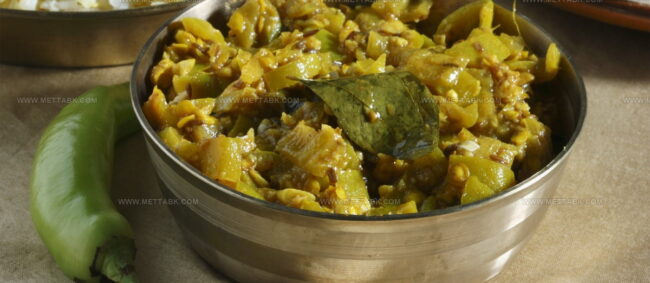
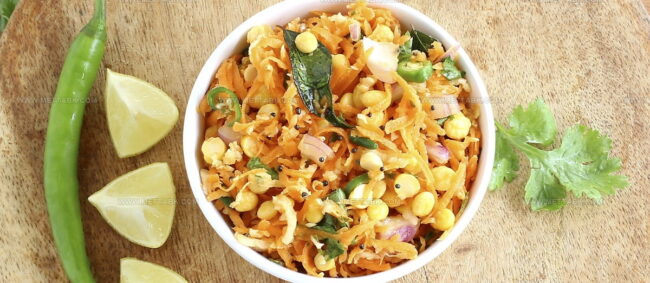
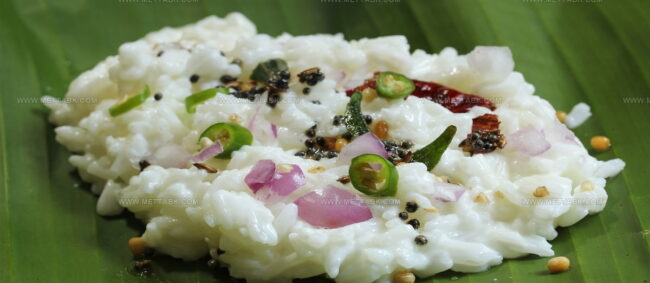
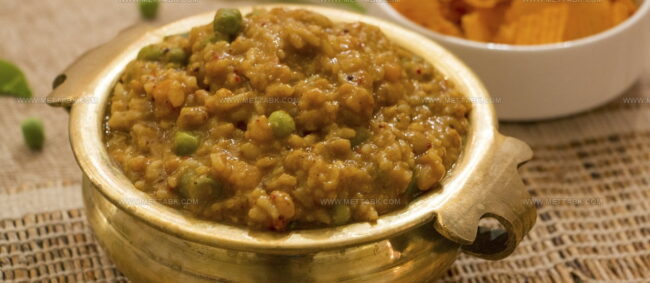
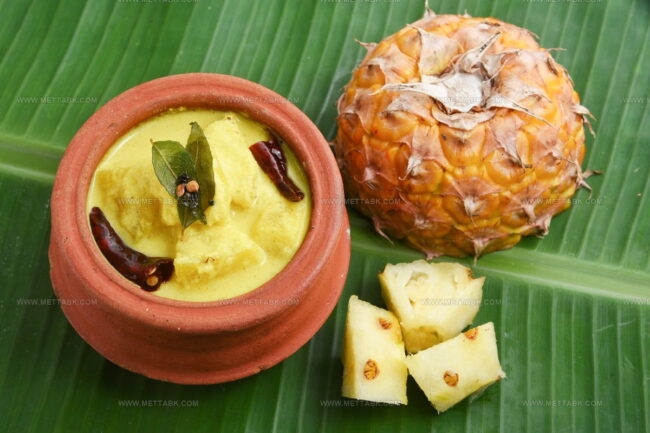
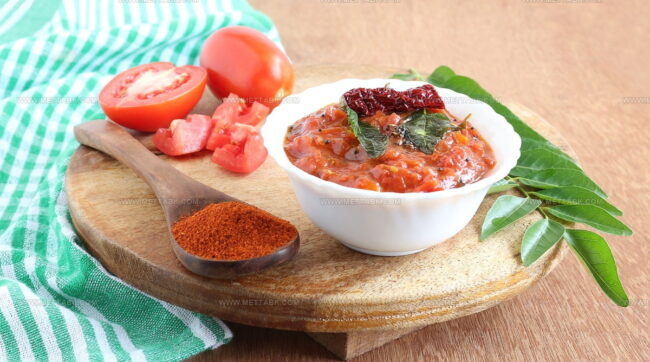

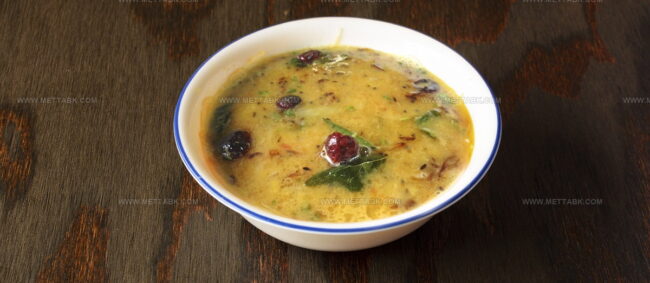
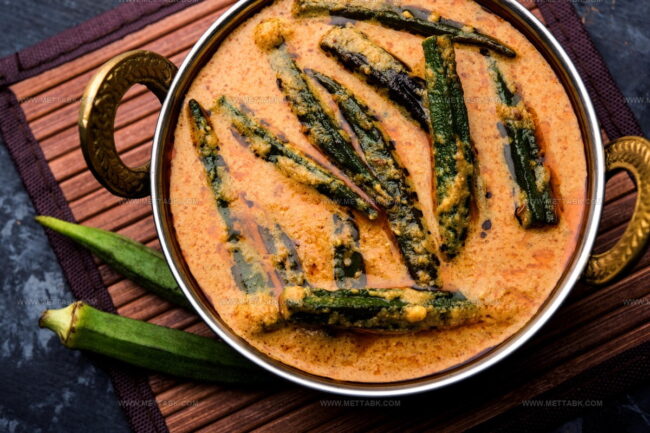
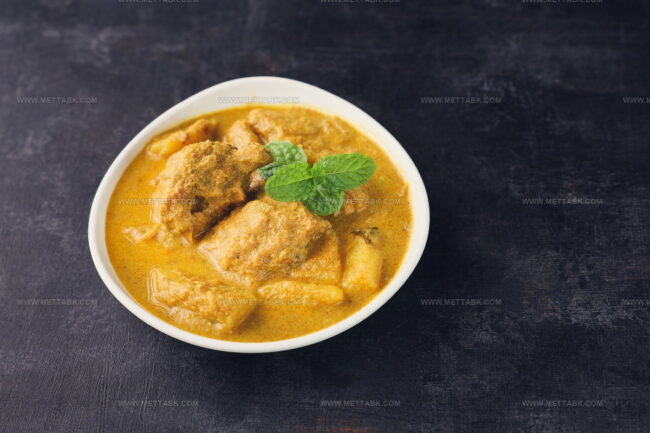
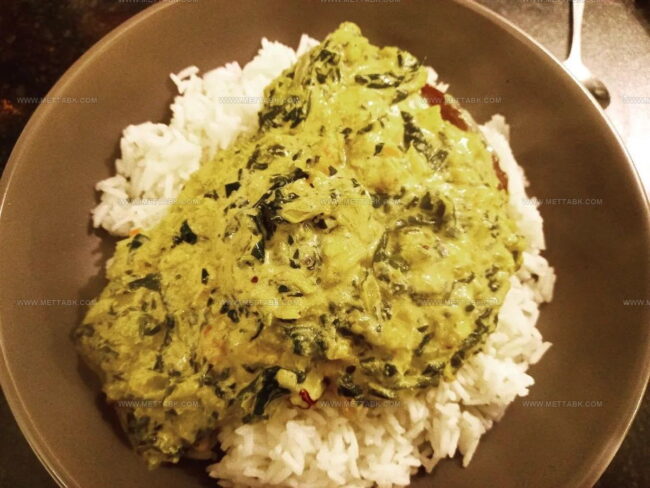
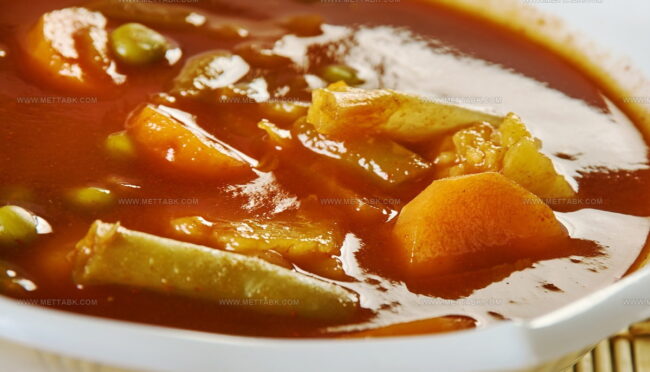
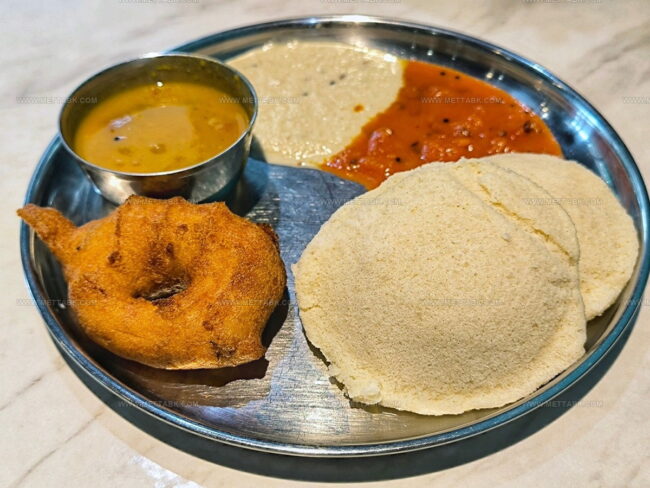
Clara Bennett
Contributing Recipe Developer & Food Writer
Expertise
Baking and Pastry Development, Gluten-Free and Allergy-Friendly Recipe Creation, Culinary Storytelling and Food Journalism, Recipe Testing and Standardization, Southern Comfort Foods and Modern Twists
Education
Sullivan University – National Center for Hospitality Studies
Associate Degree in Culinary Arts
Focus: Baking and Pastry Arts, Recipe Testing, and Culinary Journalism.
Clara specialized in crafting desserts that blend classic Southern comfort with modern techniques, while developing strong writing skills to tell the story behind every dish.
Lane Community College (Certificate Program)
Certificate in Food Writing and Photography
Focus: Culinary storytelling, recipe formatting, food styling, and visual presentation.
Clara’s love of baking started young, powered by homemade pies, biscuits, and stories passed around the family table.
After earning her degree at Sullivan University and a food writing certificate at Lane Community College, she turned her passion into a craft: sharing recipes that are simple, soulful, and always full of heart.
She’s big on bold flavors, flexible ideas, and creating sweets that fit any table (yes, even if you’re gluten-free). When she’s not baking, you’ll find her wandering farmers’ markets, styling food for the next photo shoot, or working on her ever-growing recipe journal.